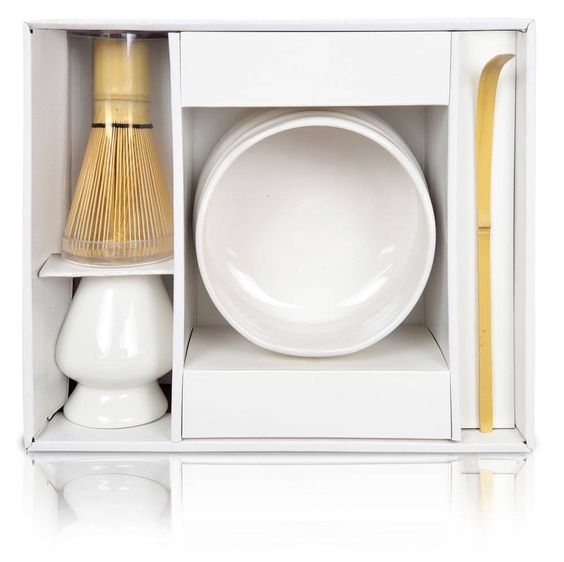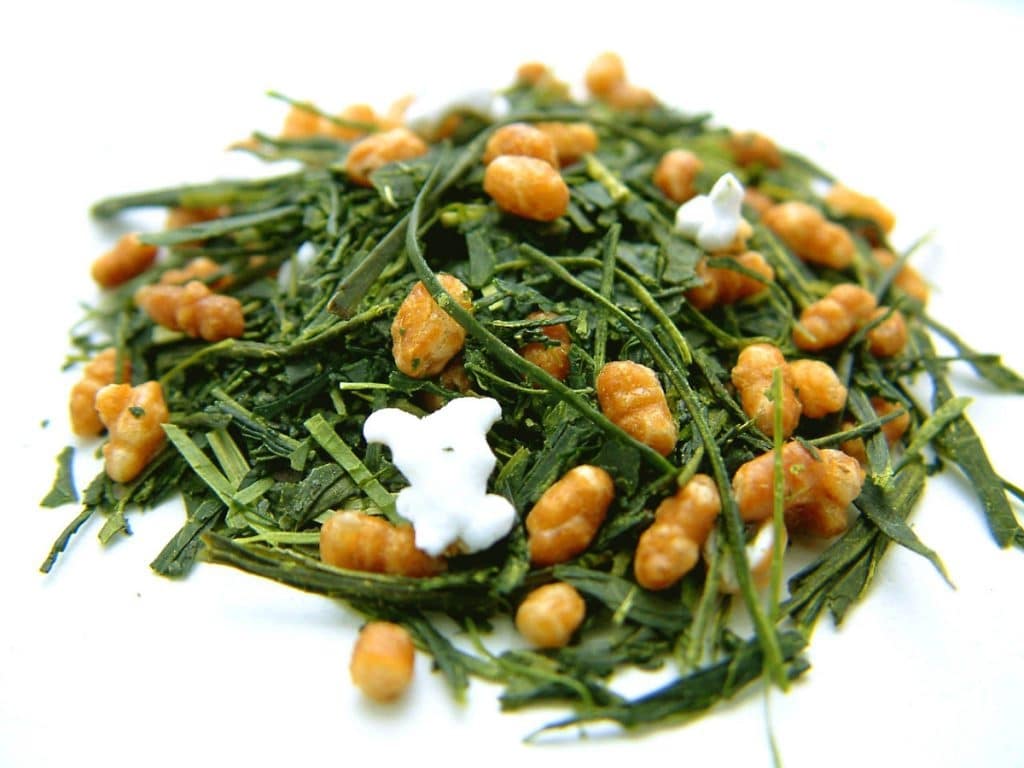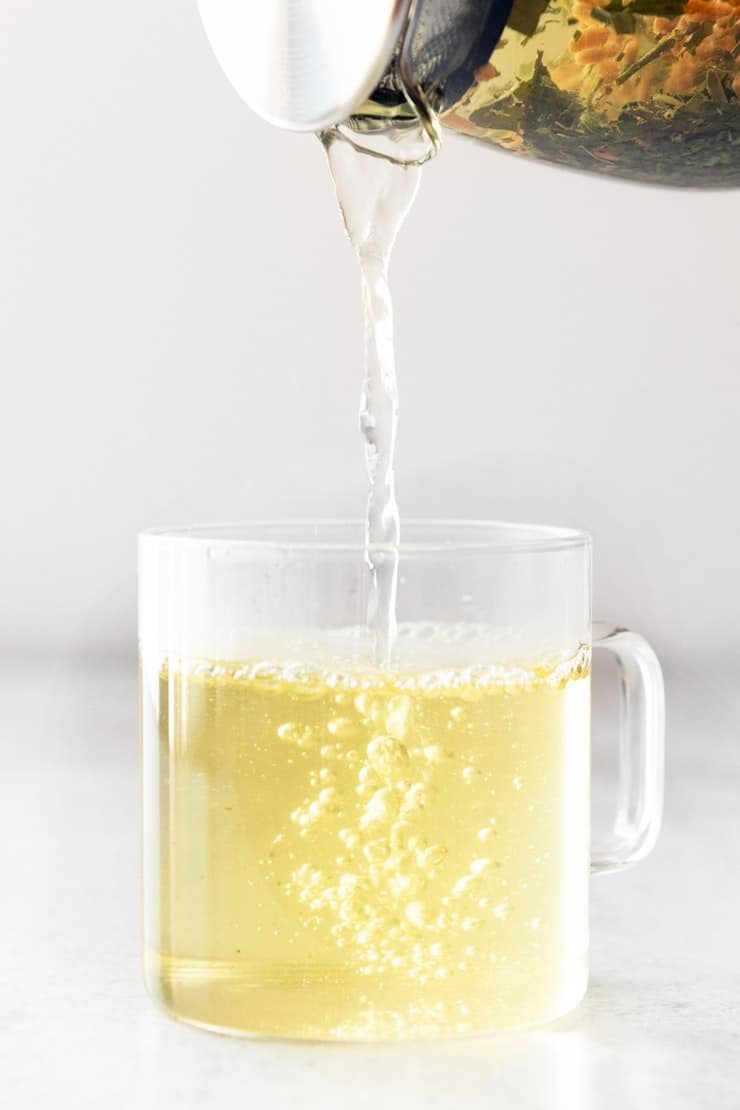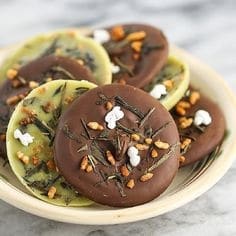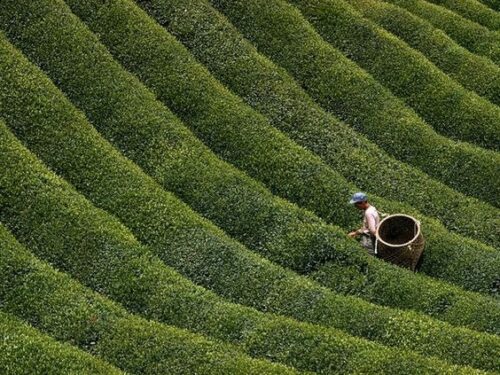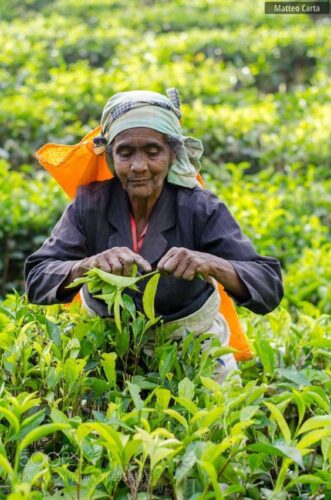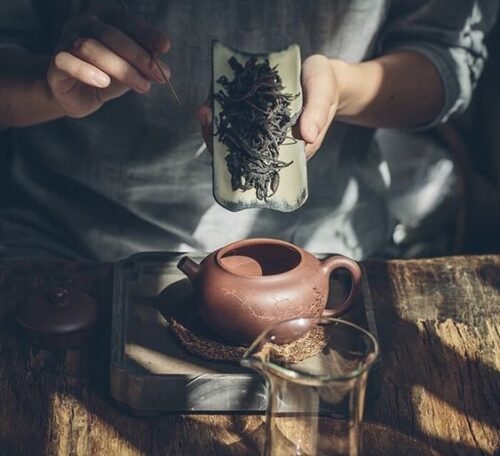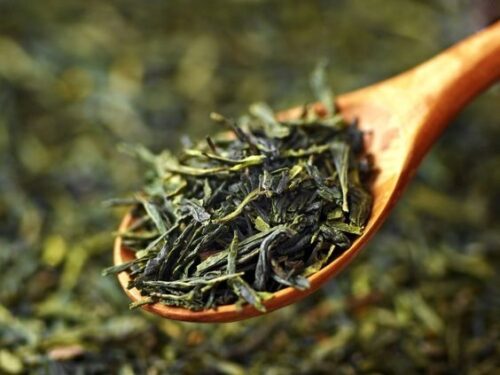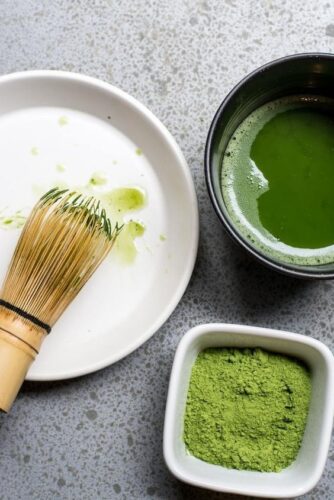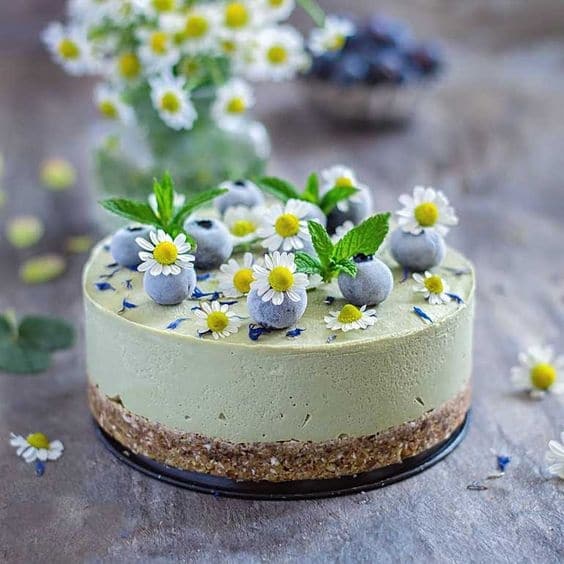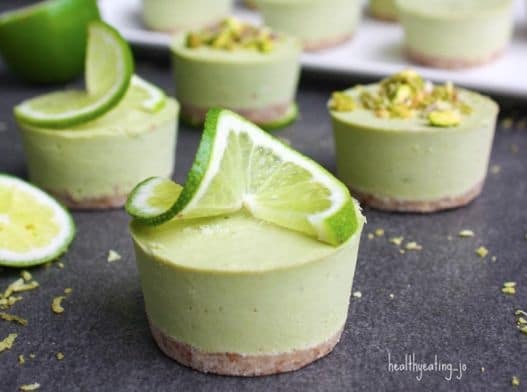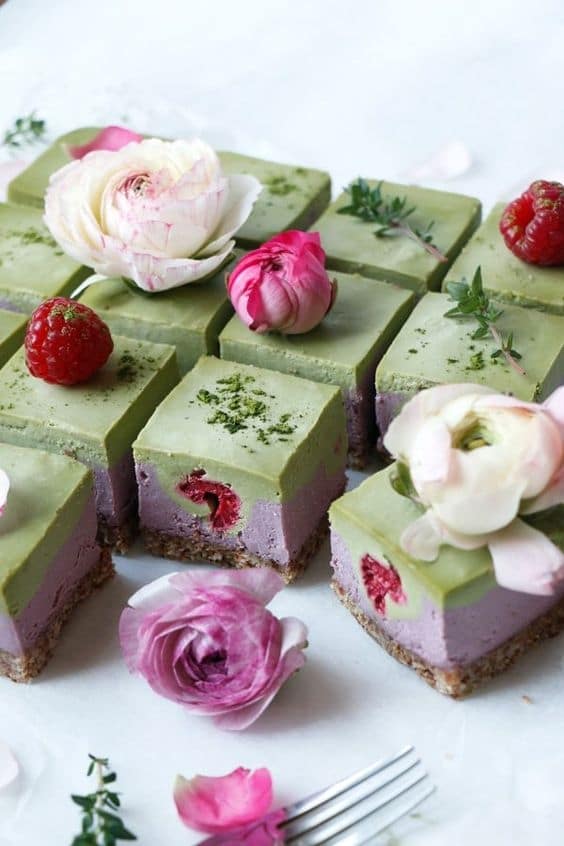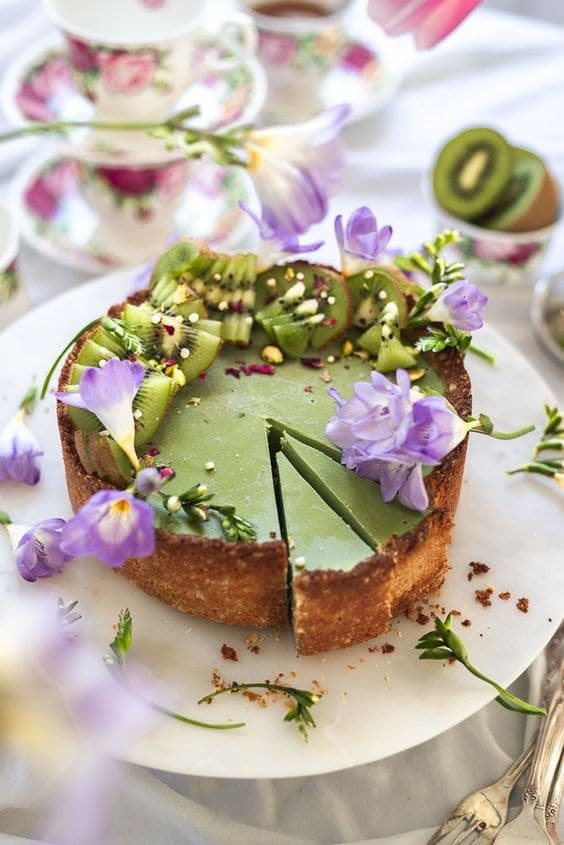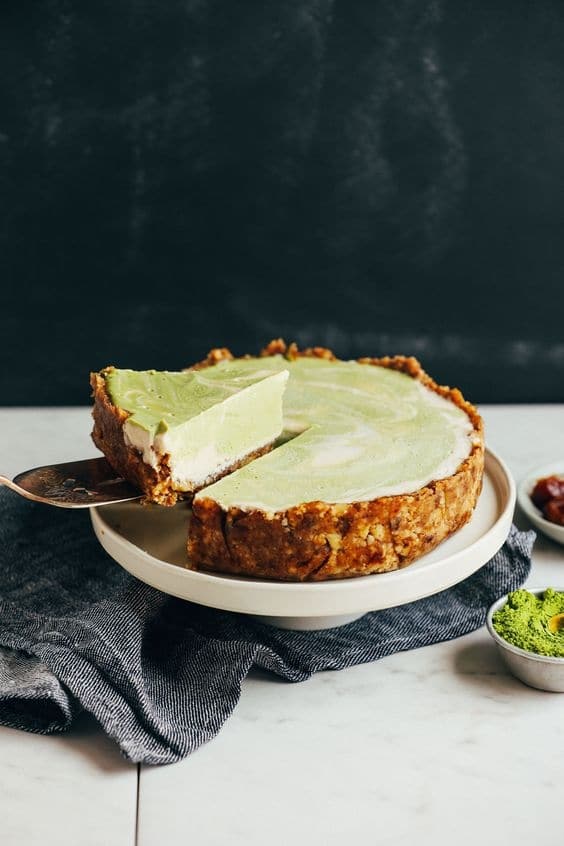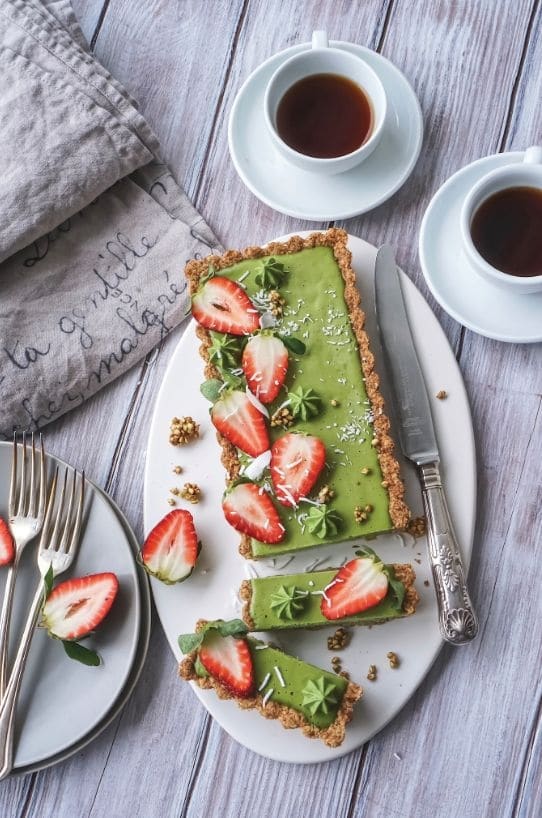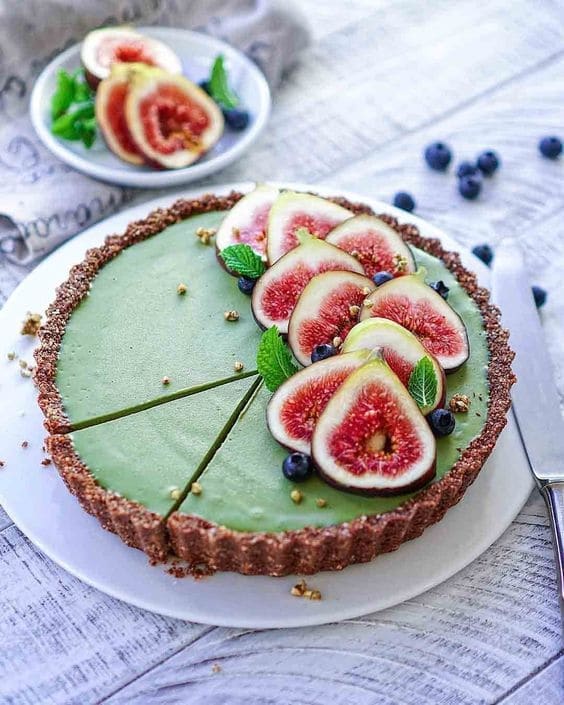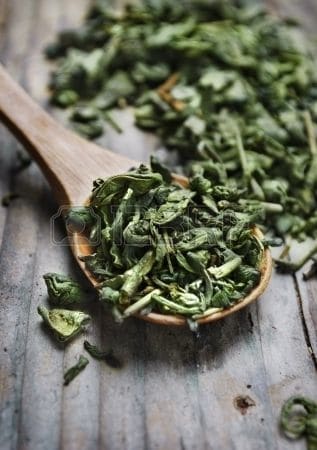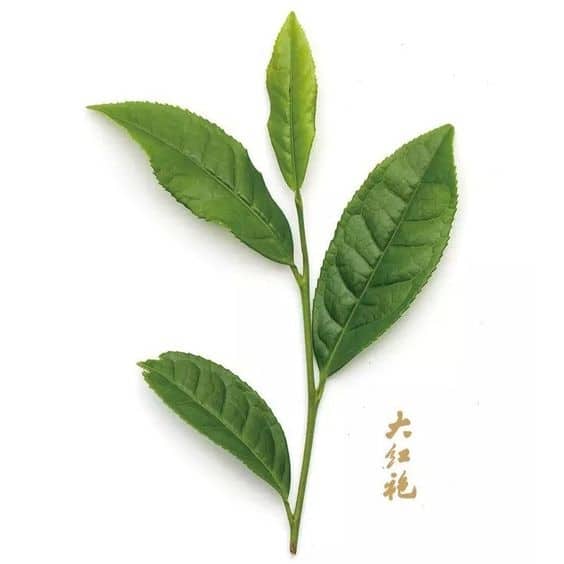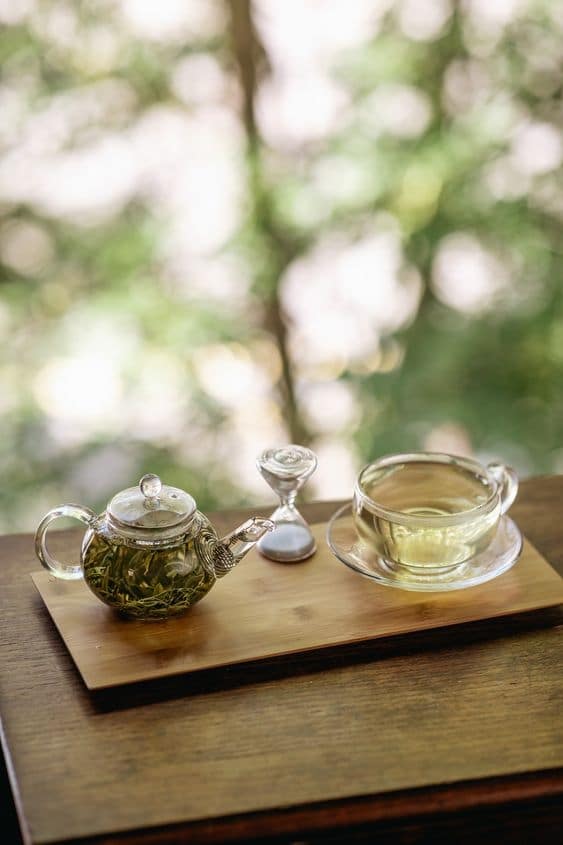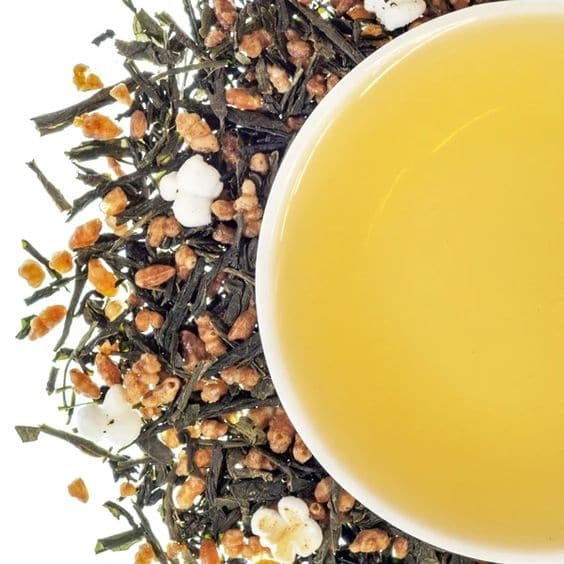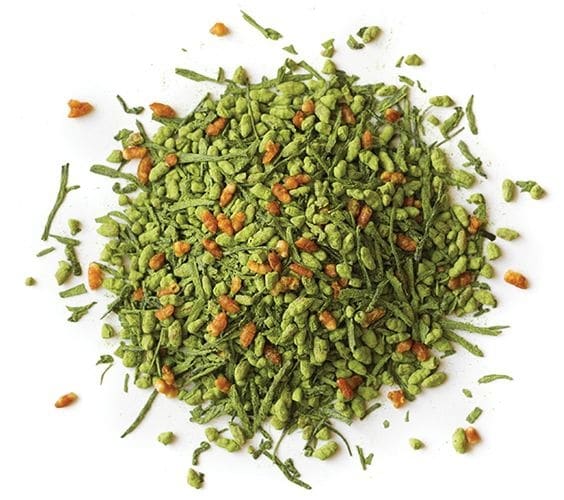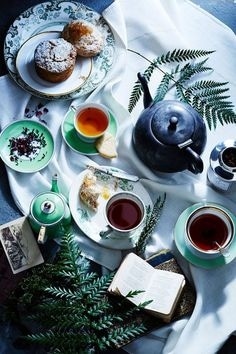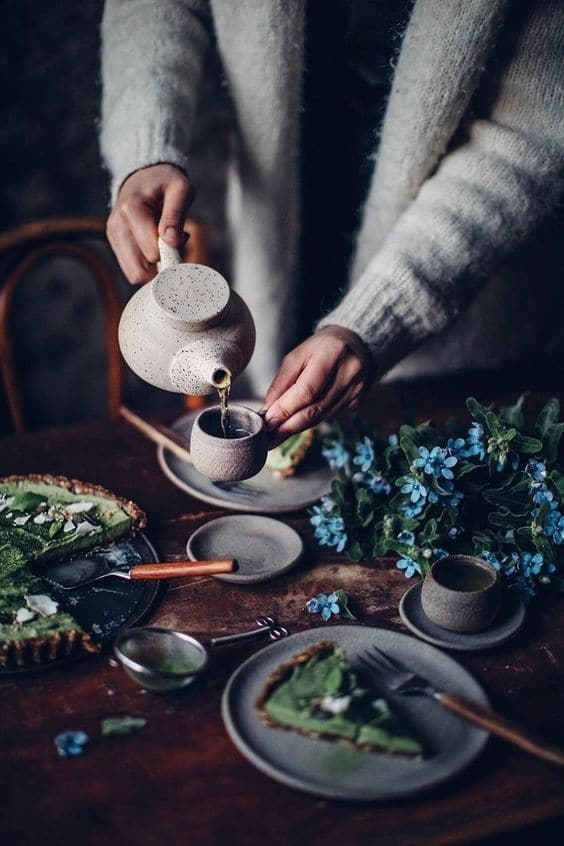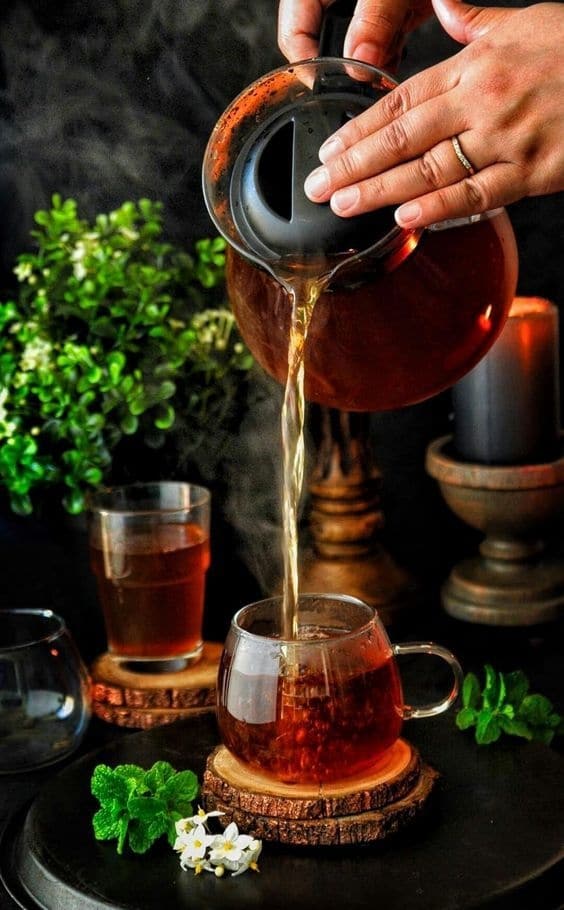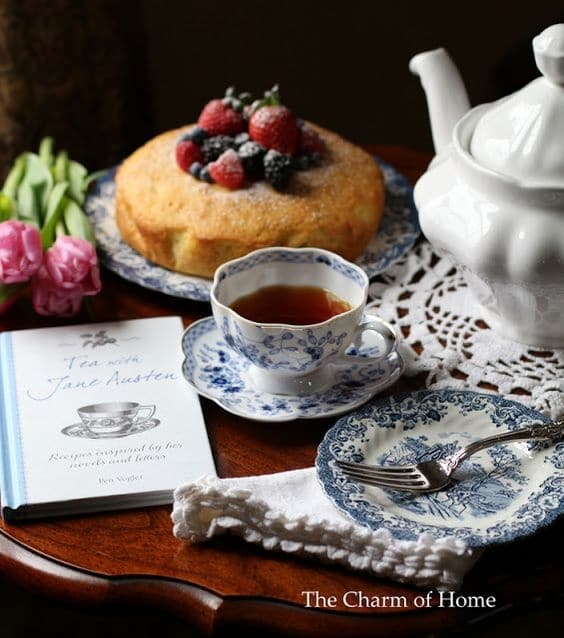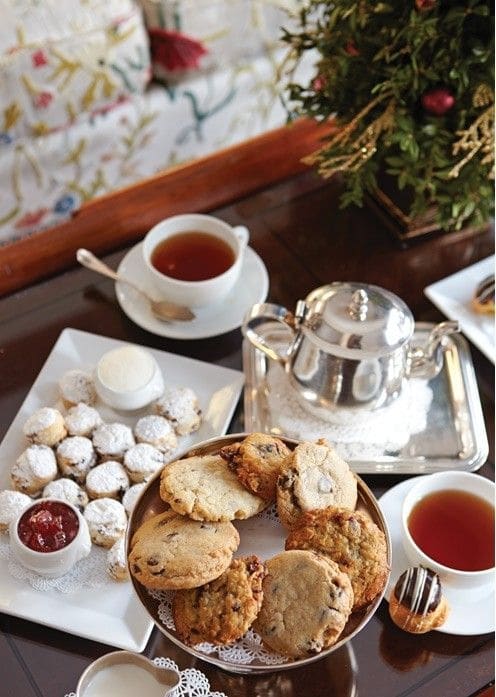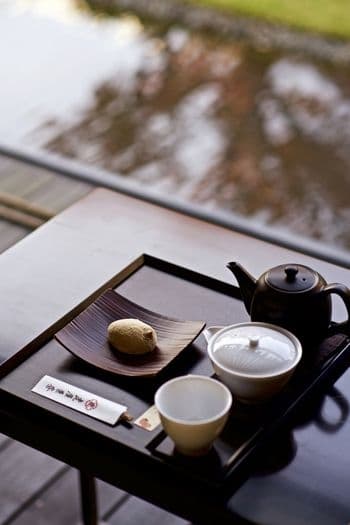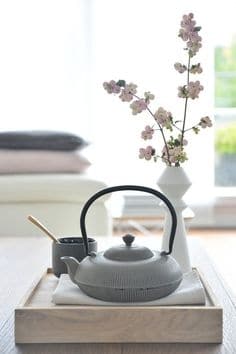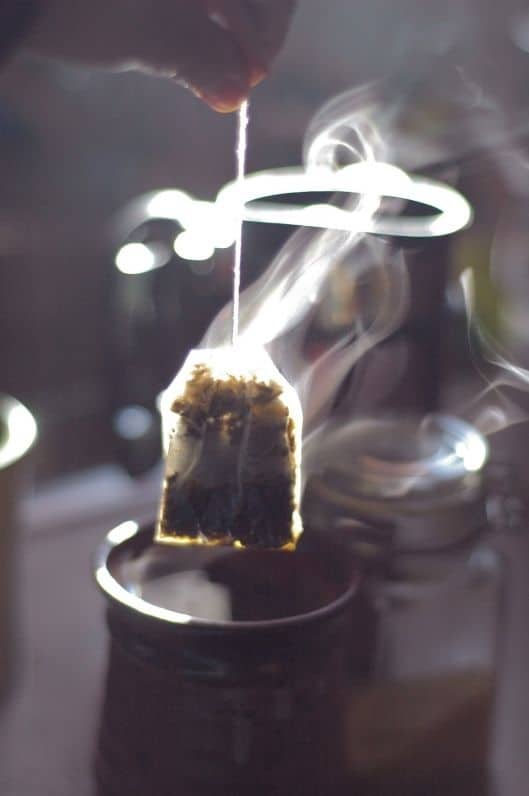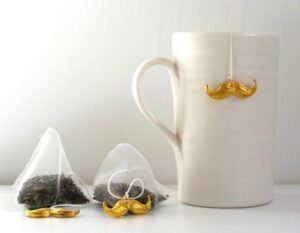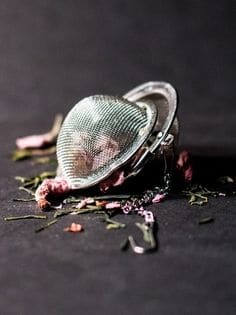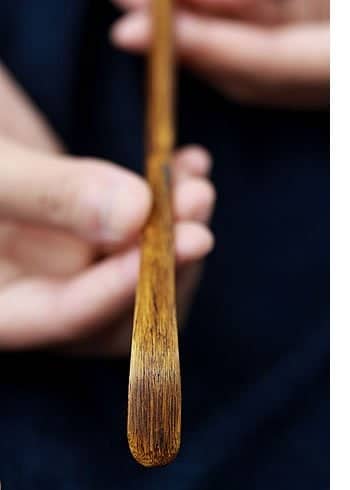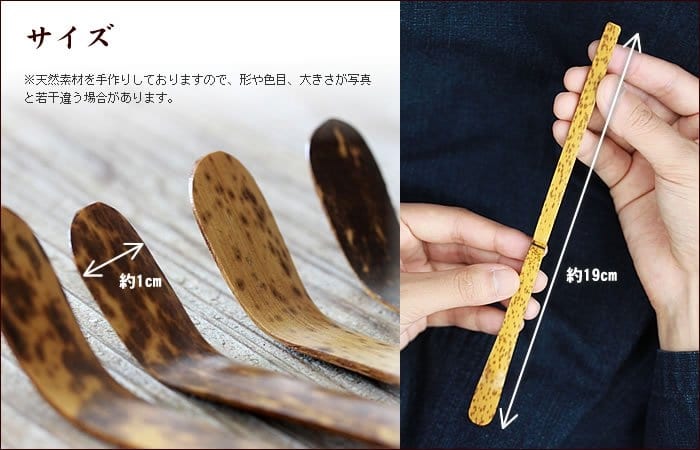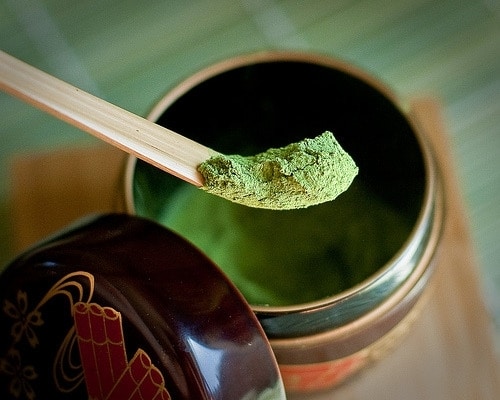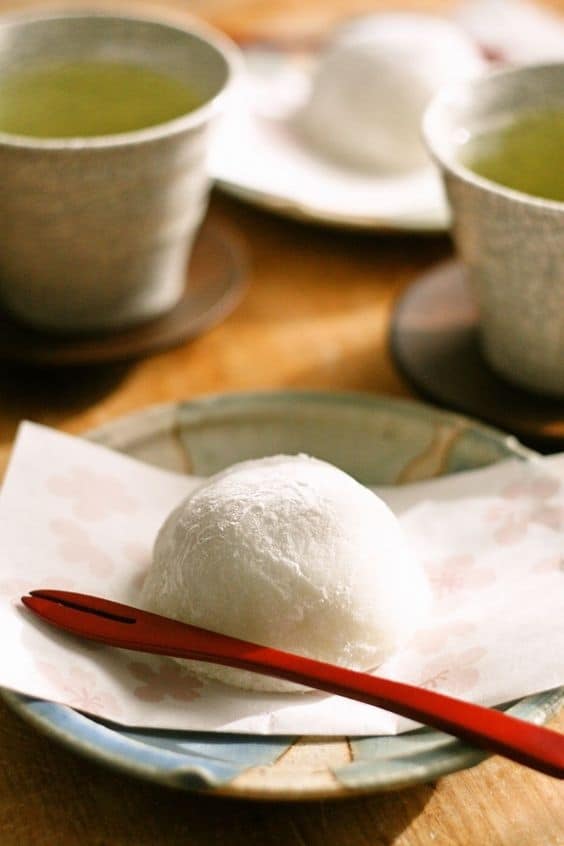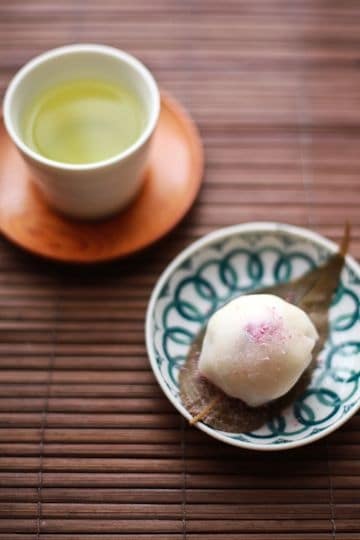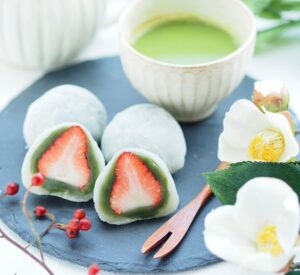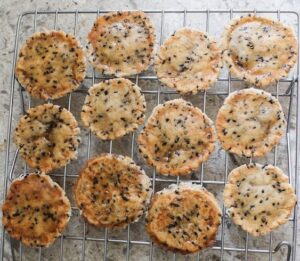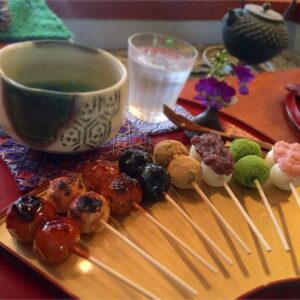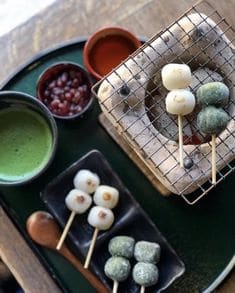Why does organic Japanese tea taste so fragrant and sweet?
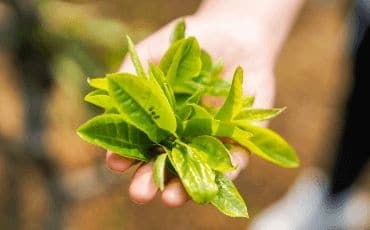
Organic tea cultivation requires abstaining from chemical fertilizers and pesticides. Organic fertilizers that are not genetically modified (GMO-free) are used, as are seeds that are not genetically modified or synthetic materials. Soil preparation prior to planting must be free of toxins for at least three years, and soil and water resources must be conserved during the production process to ensure that the produce grows naturally and is safe for health, free of chemical residues. This is because conventional tea cultivation still uses chemicals and pesticides, which can have long-term health effects.
While most tea in Japan is currently organic, only a very small percentage is 100% organic. This is because it is difficult to establish an organic tea plantation. There are many organic tea plantations in adjacent areas, and the spread of chemical fertilizers, pesticides, and chemicals that penetrate the soil from surrounding farms can make their way into the organic farms. Therefore, organic tea plantations need to create a buffer zone or shelter between the organic and the organic tea plantations to ensure that the soil is truly chemical-free.
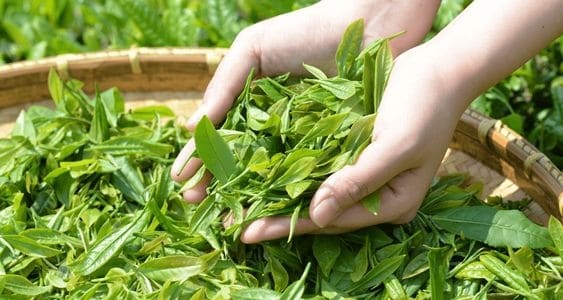
Organic tea has a simple taste because the tea receives nutrients directly from the soil. The taste of the tea also depends on the weather conditions. Only the top three young leaves are selected and picked only in the morning before 7 a.m. This technique gives organic tea a special delicate taste because the tea leaves will sprout leaves to receive the soft sunlight fully and there is dew that will bring out the aroma and sweet, delicate taste of the tea to the fullest during this time of the morning. The weather conditions are another important factor that makes the taste of tea unique.
Another reason why organic tea cultivation is not very popular is because it is not easy to use organic fertilizers to produce the desired yield quickly. Organic fertilizers work slowly, lasting 3 to 9 months. In contrast, chemical fertilizers work quickly and effectively, only about 1 month. This is in line with the production costs, which are slow to work. Therefore, organic tea trees have a higher burden than non-organic tea trees. On the other hand, chemical fertilizers in non-toxic tea plantations make the cultivation process much easier, resulting in faster yields.
The soil in organic tea plantations is generally more aerated and softer than that in non-organic tea plantations, but this depends on the amount of fertilizer used. High amounts of organic fertilizers can make the soil softer and more airy. This is true for both organic and non-organic tea plantations. The airy soil is created by beneficial bacteria in the soil, creating a nutrient-rich and healthy environment for the tea leaves.
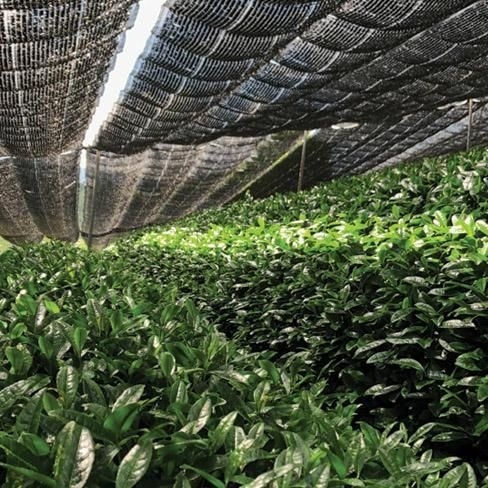
In the tea plantation area of Uji, Kyoto, Japan, during the summer, the sunlight is intense and the air is humid. But this humidity, along with the abundant fertilizer, is a very good environment for the tea plants, but it is also an environment that weeds like. Weeding in organic tea plantations requires pulling the vines from the tea plants, which is a difficult task because organic tea is weeded only by hand, and must be removed to prevent the weeds from absorbing all the nutrients from the fertilizer.
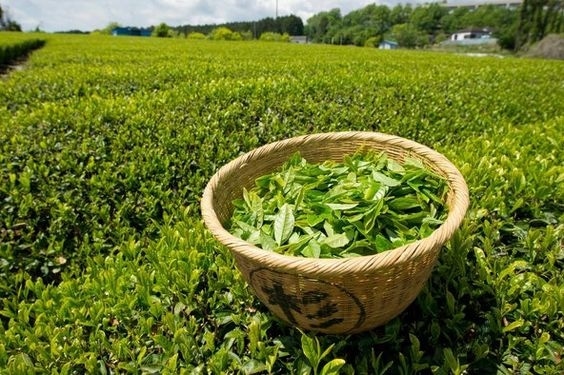
Organic tea tastes better than tea from other farms because it’s grown in ideal climates and natural water sources. It’s also high-quality because it’s hand-picked, and it’s safer for your health in the long run because it doesn’t contain chemical residues. This is why it’s more expensive than regular tea.
Source
https://www.unclelee.com/article-history-our-tea.html
https://www.hibiki-an.com/contents.php/cnID/19
Article from: Fuwafuwa


